QuestionHi, I have a 3 yr old Min Pin who is very sweet, but if you go to give him a treat he takes it very aggressively and will usually take your fingers with it. Also if he gets something he is not supposed to eat, I try to take it out of his mouth and he will bite. Any suggestions on how to correct this behavior would be greatly appreciated.
Thanks
AnswerYou dog apparently has a resource guarding behavior, in this case the resource being "special" food. I say 'apparently' because this could actually be a combination of normal "let me get it while I can" behavior coupled with acquired fear response when he "gets" something you don't want him to have. If a dog is chased because he has something you don't want him to have, he will make no connection between the object (whatever it is) and your apparent anger and aggressive response, thereby creating a cue (your tone, your words, your body language) that he is about to be chased (and a conditioned response of fear which can lead to aggression.) I have no way of knowing which is which, since I can't see the behavior.
The cure to any unwanted behavior is to 'capture' it, meaning use it in a training regimen. You can condition a "take it, leave it" with benign objects, such as toys, by playing a simple game. WITHOUT resorting to a tug of war scenario, interact with your dog with a stuffed animal. When he drops it voluntarily, say "leave it", toss a food treat (very small tidbit...TOSS, don't offer with your hand), remove the toy. Give the toy back to the dog. When he takes it, say "take it" and praise the dog. Repeat this 'game' for approximately 30 trials (spaced over a week or so) and you will see that your dog has learned both the "leave it" and the "take it" commands. Now you can move this trained behavior to his food (but only after the dog visibly and consistently surrenders whatever toy he has to your commands.) Over the course of several days, with an open palm, hand feed your dog his daily ration of food with your "take it" command. Since the food will be in your palm (not between your fingers), and since the dog will have acquired a positive response to the command, you should have no problems. This exercise (hand feeding) promotes you psychologically while also strongly conditioning the dog to the fact that you are giving, not taking, the food. While you are in the process of doing this, train the dog to an alternative command using positive reinforcement (with the treat tossed, not handed over) such as "sit" (but using another word.) The dog will be further learning that "good" food is associated with his offering behavior for reward. Continue your "take it, leave it" games with various objects (not food). Once the dog has acquired a firm and consistent success with your 'sit' command, use it randomly throughout the day but NOW begin to offer the very tiny special food reward with your fingers and a "take it" command. Your dog should have made the transition and should begin accepting the special treat without as much rabid enthusiasm, leaving your fingers intact!
Regarding the "leave it" command, you can set the dog up (after all the other training is completed, give this about a month or more.) Drop a small piece of food on the floor near you; as the dog goes for it, drop something on top of it (a newspaper) and say "leave it". The dog will not be able to get to the tidbit. Ask the dog to 'sit', remove the newspaper, and say "take it". The dog will then go for the tidbit (or perhaps he will not, having been startled by the dropped newspaper, and this is a GOOD thing.) If the dog does NOT go for the tidbit, pick it up and walk away a few feet, then ask the dog to 'sit' again and give him the treat with a 'take it.' What you are effectively doing is making a strong statement that the tidbit is YOURS, you are the 'boss', and he cannot partake of it without your by-your-leave. Refusal to surrender food items (especially with a show of rank such as growling or snapping) can easily be remedied with a "rank check" over the course of several weeks through training.

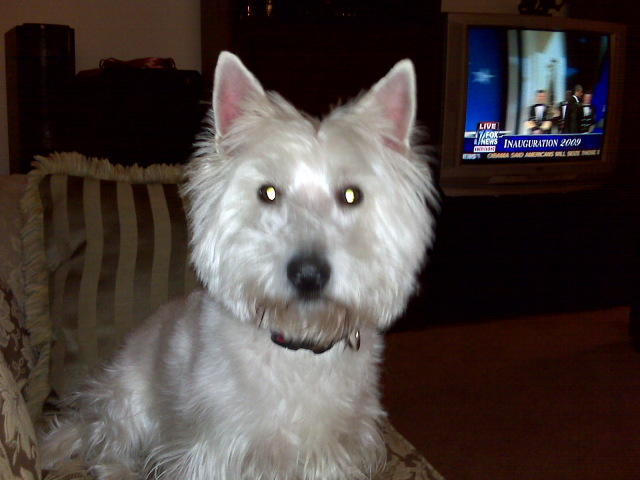 Companion for Lonley Westie
Question
Shannon
We have a 5-year-old neutered Westie w
Companion for Lonley Westie
Question
Shannon
We have a 5-year-old neutered Westie w
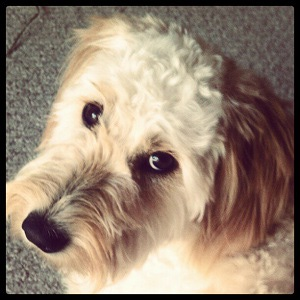 Agressive 1 yr old mini goldendoodle
Question
our millie
My husband and I got our min
Agressive 1 yr old mini goldendoodle
Question
our millie
My husband and I got our min
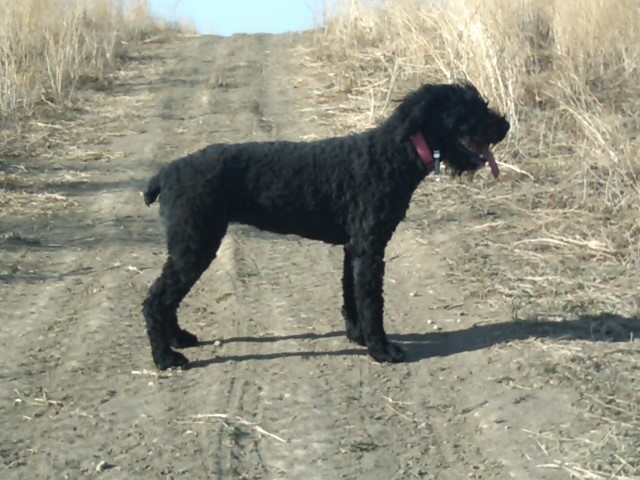 I was riding my bicycle when my 1yr old Bouvier bit my leg
Question
Pup
Hello, I have a 1yr old intact Bouvier bit
I was riding my bicycle when my 1yr old Bouvier bit my leg
Question
Pup
Hello, I have a 1yr old intact Bouvier bit
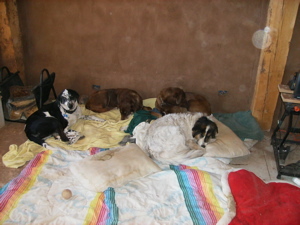 Sudden aggression within pack after a death
Question
Sudden aggression in o
We have an approximatel
Sudden aggression within pack after a death
Question
Sudden aggression in o
We have an approximatel
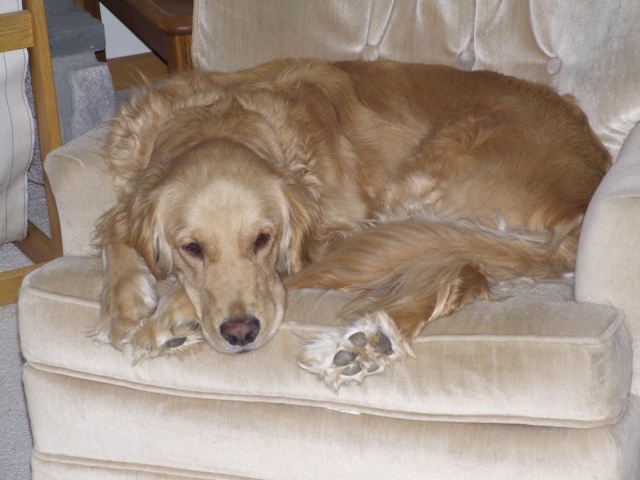 aggression in aging dog
Question
Niko
I have a thirteen year old, female, Samoy
aggression in aging dog
Question
Niko
I have a thirteen year old, female, Samoy